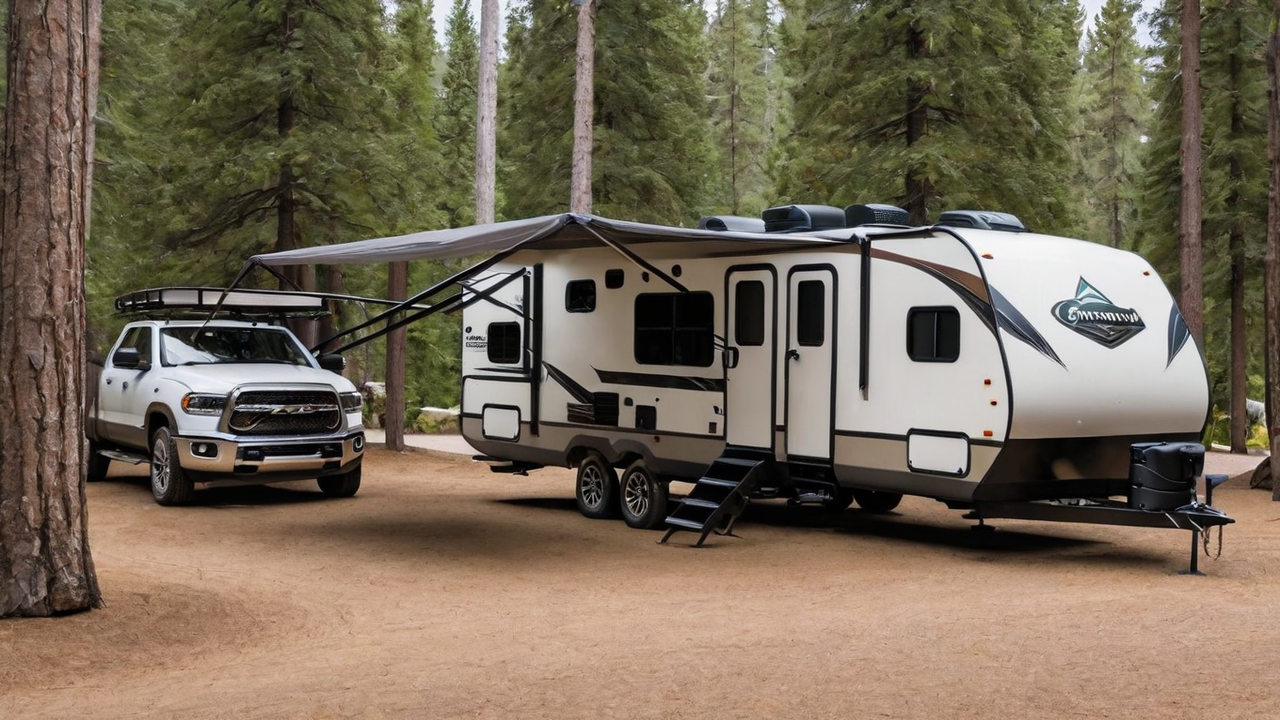Crafting the Supreme User's Interface: Designing Principles for Camping Software
Crafting the Supreme User's Interface: Designing Principles for Camping Software
Blog Article

Comprehending The Audience
Understanding which your target users are vital in crafting an effective user experience. It is crucial to consider their needs, preferences, and tech competence. Such understanding leads every designing choice, guaranteeing that your program becomes accessible and easy to use.
Knowing the users likewise implies recognizing the difficulties and how they plan to use the campground software. It allows the designers to customize features and functionalities that meet specific requirements, therefore making your software not only useful but also indispensable.
Streamlining the Navigation System
Streamlining the navigation can be a critical aspect of interface designing. A intuitive menu system guarantees users can readily locate what they're looking for, cutting down frustration and enhancing user satisfaction. It's about making the user journey within the app as seamless as possible.
Additionally, effective navigation guides users throughout the application, showcasing functions and tools that they might otherwise miss. This an method not only enhances user experience but also encourages deeper interaction with the campground software full array of capabilities.
Integrating Premium Visuals
Graphics play a vital role in making a engaging user interface. Visuals help in breaking monotony and can also illustrate features in a more effectively than text alone. Selecting the appropriate images, icons, and color schemes can greatly enhance the look of your application, thereby making it more pleasing to the eye.
Moreover, a consistent visual style is for building brand identity and trust among users. Each element must be in sync with your brand’s principles and the overall mission of your application, leading to a seamless experience that feels both professional and welcoming.
Enhancing Responsiveness
In today’s digital world, people demand camping programs to be responsive on all devices, from desktop computers to mobile phones. An adaptive design ensures that no matter of what device size, your application offers an optimal user experience. It not only boosts accessibility but also caters directly to the audience's on-the-go lifestyle.
Furthermore, enhancing your software’s responsiveness could lead in enhanced speed, reducing the loading time and preventing frustration. Visitors appreciate a speedy and efficient interaction when using campground applications, making speed an component in user satisfaction.
Enhancing the Search
Searching for information efficiently is key in any kind of software, especially in campground software systems. Optimizing your search functionality enables visitors to easily locate exactly what they're looking for, which in turn boosts user experience and productivity. By intelligent search features, you can minimize user frustration and improve general satisfaction.
Moreover, sophisticated search features such as filtering options and tags can assist in narrowing down search results, making it search process more efficient. Implementing these features shows a understanding of your user’s needs and an effort to enhancing the user’s experience with the campground software as smooth and productive as possible.
Prioritizing Security
Security is a top priority when it comes to designing campground software. Users need to be secure when providing their private data. Guaranteeing strong security measures not only protects the information but likewise builds a sense of trust between the user and the company.
In addition to standard security features like passwords and encryption, it's important to consider implementing additional security measures such as two-factor authentication or biometric security logins. These features provide additional layers of protection, ensuring that user information is kept safe from unwanted access.
Leveraging Feedback
Gathering feedback is crucial for ongoing development of the campground program. It allows developers to grasp what works, what doesn’t work, and how the application can be improved to better meet user expectations. This type of feedback creates a partnership between the customers and the team, which makes them feel they are actively part of the software’s journey.
Taking this feedback effectively can result in noticeable improvements in UI designs and overall user experience. Making changes based on actual feedback demonstrates that your company values its customers and is dedicated to providing a superior product.
Maintaining the Simplicity
In the realm of UI design, simplicity is golden. A unnecessarily complex UI can confuse users, leading in a poor user experience. Keeping things simple, on the other hand, helps your software more intuitive and user-friendly. It promotes more engagement and satisfaction.
Furthermore, maintaining simplicity should also apply to your software’s content and functionality. Avoiding unneeded functions that don’t add value can ensure that your UI continue exploration remains uncluttered and focuses on meeting the essential needs of your end-users. By doing so, you create a more effective UX that appeals with your target audience.
Report this page